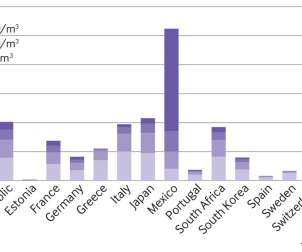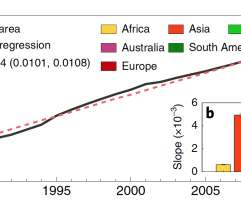Researchers say world faces air pollution pandemic
Green Car Congress
MARCH 4, 2020
Air pollution is responsible for shortening people’s lives worldwide on a scale far greater than wars and other forms of violence, parasitic and vector-born diseases such as malaria, HIV/AIDS and smoking, according to an open-access study published in Cardiovascular Research. The global total is 233 (221–250) million per year.








































Let's personalize your content